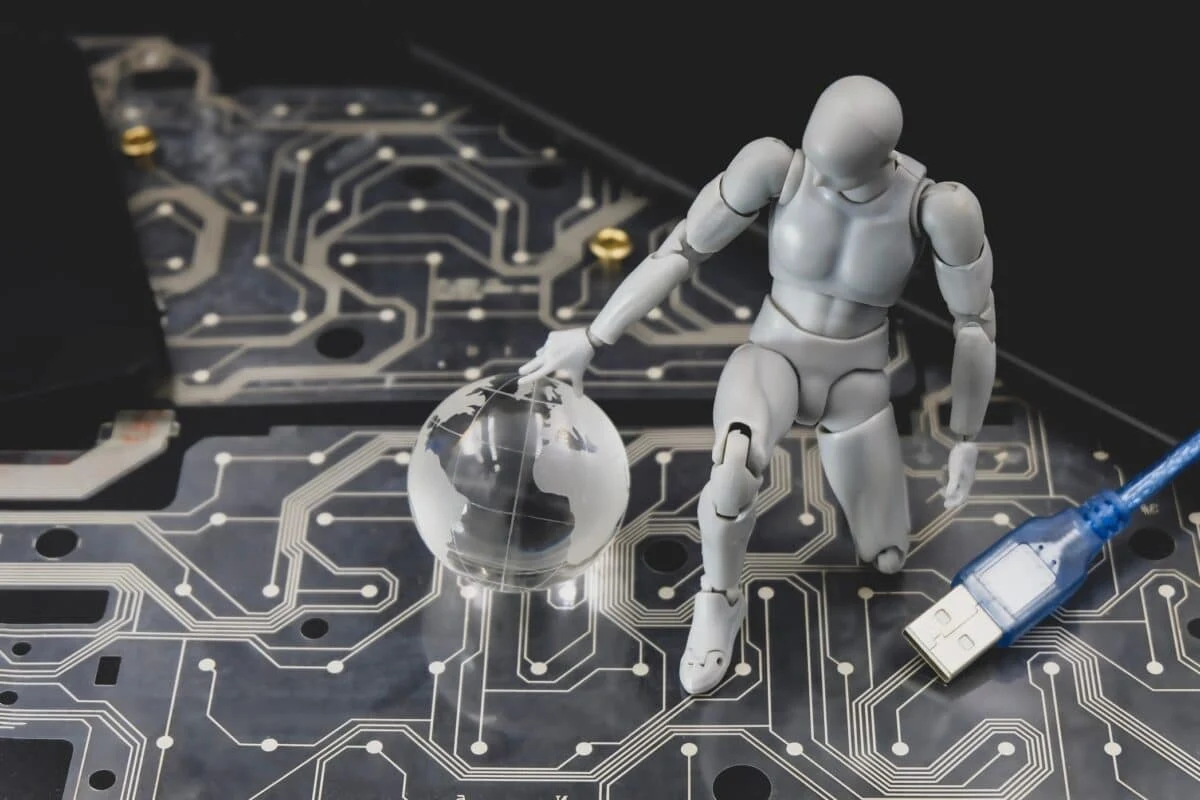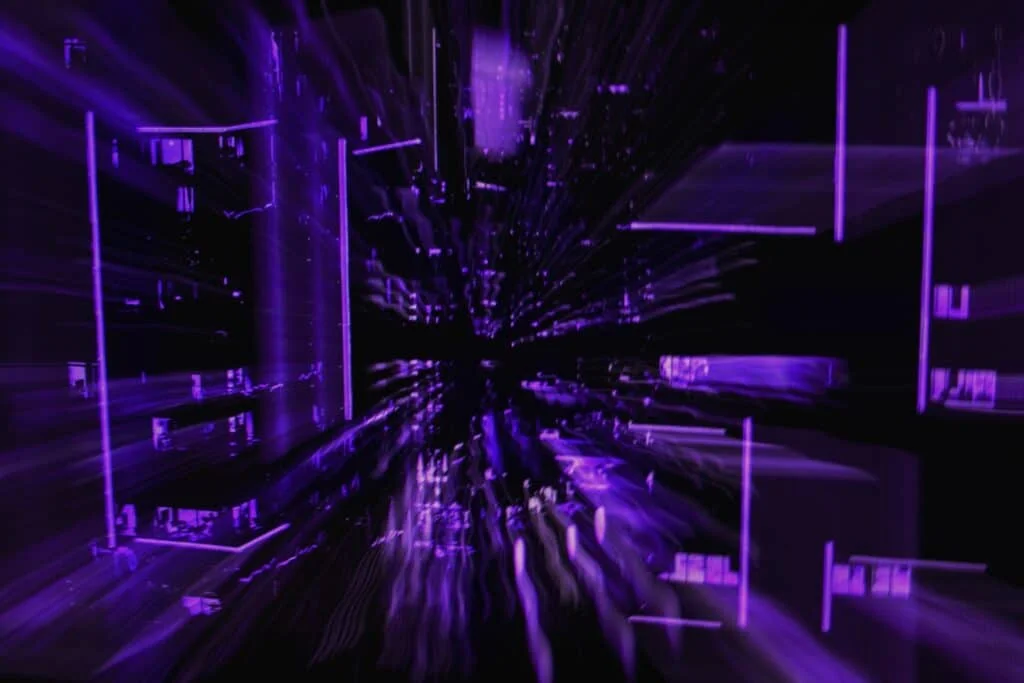Artificial intelligence, along with deep learning and machine learning, has become popular in business, but what makes each different? Are the ‘deep learning vs machine learning’ discussions worth mulling over? Is one better than the others? Finally, is AI catching up to humans?

Deep Learning vs Machine Learning
To put it simply: Deep learning is a subset of machine learning. All deep learning is machine learning, but not all machine learning is deep learning.
What is Machine Learning?
Machine learning is a subset of artificial intelligence. It is the use of algorithms allowing computers to analyze data, learn from it, and apply this knowledge without being explicitly programmed. Moreover, machine learning evolves from pattern recognition. It learns from data to make better predictions when it’s fed new data.
How Does Machine Learning Work?
Machine learning works by feeding data to an algorithm and letting the computer recognize patterns. Over time, this pattern recognition gets stronger and becomes more reliable.
There are three approaches to machine learning:
Supervised Learning
This form of machine learning requires the most human intervention. In this type of machine learning, a computer is given both training data and a model which teaches it the proper reactions to the data.
In supervised learning, data scientists feed structured data to the algorithm that eventually teaches it how to react to unstructured data. Also called labeled data, structured data is already properly identified with labels—hence the “labeled” part of the name. With structured data, the computer eventually figures out a pattern that it can use to analyze future unlabeled (or unstructured) data.
But what makes it supervised is human intervention. The programmer keeps track of the progress of the algorithm, especially as it moves on to analyzing unstructured data. The programmer confirms if the response is correct, and corrects the computer’s wrong responses.
One of the easiest examples that can be given to help visualize this type of machine learning is image classification. Imagine you are a data scientist who wants to develop an algorithm that can sort pictures of horses and cows. You start by giving it labeled images of horses and cows. It will learn to recognize their differences; for example, horses usually have hairy tails, while cows have relatively hairless ones. Then, once the computer has processed a large number of images, you feed it unlabeled images. If it classifies a horse picture as a cow picture, you correct it.
After a while, you can move on to semi-supervised learning. The programmer feeds the algorithm data, but won’t be correcting the algorithm’s mistakes.
algorithm data, but won’t be correcting the algorithm’s mistakes.
Unsupervised Learning
The opposite of supervised learning, this form of machine learning is rather hands-off, with no human intervention aside from feeding it data. Here, a computer is fed only unstructured data, allowing it to recognize patterns by itself without human judgment influencing it.
Why would a data scientist do this? This type of machine learning is used when programmers don’t know what results to expect. In essence, this is getting an algorithm to figure out any hidden connections among the elements of a data set that humans might miss.
Programmers use unsupervised learning for clustering, especially in e-commerce. It takes the data set and groups together its elements based on common characteristics. In e-commerce, it’s used to determine what products to recommend to customers based on what they’ve already bought or looked at and what other people similar to the customer have also bought.
Reinforcement Learning
As the name suggests, this form of machine learning makes use of reinforcement to train algorithms. This type of learning is rooted in trial and error. In reinforcement learning, the computer receives positive reinforcement when it correctly understands or classifies data; and negative reinforcement if it makes a mistake.
Reinforcement learning is used to help computers master complex tasks that involve many decisions, like driving a car.

What is Deep Learning?
As said earlier, deep learning and machine learning are closely related. Deep learning is a subset of machine learning that’s more sophisticated. It lets computers think more like humans using an artificial neural network. These artificial neural networks are modeled after the human brain. They are multilayered—made up of different levels of algorithms on top of one another; and much like a brain’s neurons, the nodes in these artificial neural networks can transfer data in a nonlinear way.
Deep learning algorithms need a massive data set to perform their job. This data tends to be structured data, especially when it comes to image classification. This data must be clearly annotated by people to help deep learning algorithms distinguish the different elements in a picture. For example, self-driving cars will need to process many images of roads with cars, signs, and people at different angles before they can process unstructured data.
Data annotation is also useful outside of image classification. Text can be annotated to distinguish ideas, like names, things, or persons, or identify phrase components to determine the meaning behind them. This is useful in natural language processing. But deep learning algorithms can also be really good at identifying patterns in unstructured, unannotated data that humans might miss.
Once primed, deep learning rarely requires human intervention. It can learn and evolve on its own.
How Does Deep Learning Work?
There are a few types of artificial neural networks that power deep learning, but we’ll be discussing two.
Convolutional Neural Networks
Convolutional neural networks are specially designed for image classification, processing, and object detection. It works through “convolution,” where the algorithm dissects the image into its different elements and assigns different weights to them depending on their importance. It then analyses each element.
CNNs are often used in computer vision, which teaches a computer to comprehend the visual world. This may be used to pick out objects from many images quickly, like in facial recognition. An example of a company that uses convolutional neural networks is Art Recognition, which uses deep learning to determine the authenticity of paintings.
Recurrent Neural Networks
Traditional artificial neural networks assume that all data is independent of each other. However, recurrent neural networks introduce memory and context; they remember past data, which can influence their current task.
This ability to remember data and use context makes RNNs integral to natural language processing, like speech recognition (Alexa and Siri), translation (Google Translate), and customer service chatbots. Because they can remember what was said before (hence, remembering the tone and previous discussion), computers can understand text and speech better.
Recurrent neural networks also shine in map apps. By remembering that it’s usually busier during rush hour, it can give you a route that avoids the busiest roads.
What are the Differences Between Deep Learning and Machine Learning?
The differences between machine learning and deep learning can be chalked up to the fact that deep learning needs much more resources than machine learning to work.
Because deep learning is more complex than other machine learning algorithms, it needs more data, higher spec hardware, and more time to set up and run. However, because it’s much closer to having human intelligence, it needs less human intervention in the long run and can handle larger volumes of unstructured data better than a run-of-the-mill machine learning algorithm.

How Do Deep Learning and Machine Learning Help Businesses?
Machine learning and deep learning can help businesses in many ways, but here are a few visible ways artificial intelligence can improve your business:
1. Customer Analysis
Artificial intelligence can analyze your customers, group them together, provide insights, and predict what they’re likely to buy from you.
2. Logistics
Deep learning algorithms can increase efficiency in shipping, storage, and sales. They can predict the best shipping routes and possibly allow companies to have self-driving fleets. Aside from that, they can predict which products will likely be in demand.
3. Automation
Artificial intelligence can help boost productivity by streamlining repetitive tasks.
4. Natural Language Processing
You can use deep learning-powered chatbots for your e-commerce site to answer customers’ queries in a timely manner. Aside from that, AI assistants can help executives manage their day-to-day schedules.
Outsourcing: How Can It Help Train AI?
You may be tempted to develop one of your own or employ the services of a company that specializes in artificial intelligence. But, to train a machine learning algorithm, you need sizeable amounts of structured, annotated data. This can be time-consuming and costly to get and it needs special data annotation tools.
But don’t worry. Outsource-Philippines now offers data annotation services that will surely help power your business’ foray into AI and grow your company. Our data annotation experts can handle any image annotation, video annotation, text annotation, and text transcription tasks your company needs to accomplish. You don’t need to break your budget to avail of our services either, as we offer these services at affordable price points. Discuss outsourcing your data annotation needs with us and reap the benefits of outsourcing your work today!







